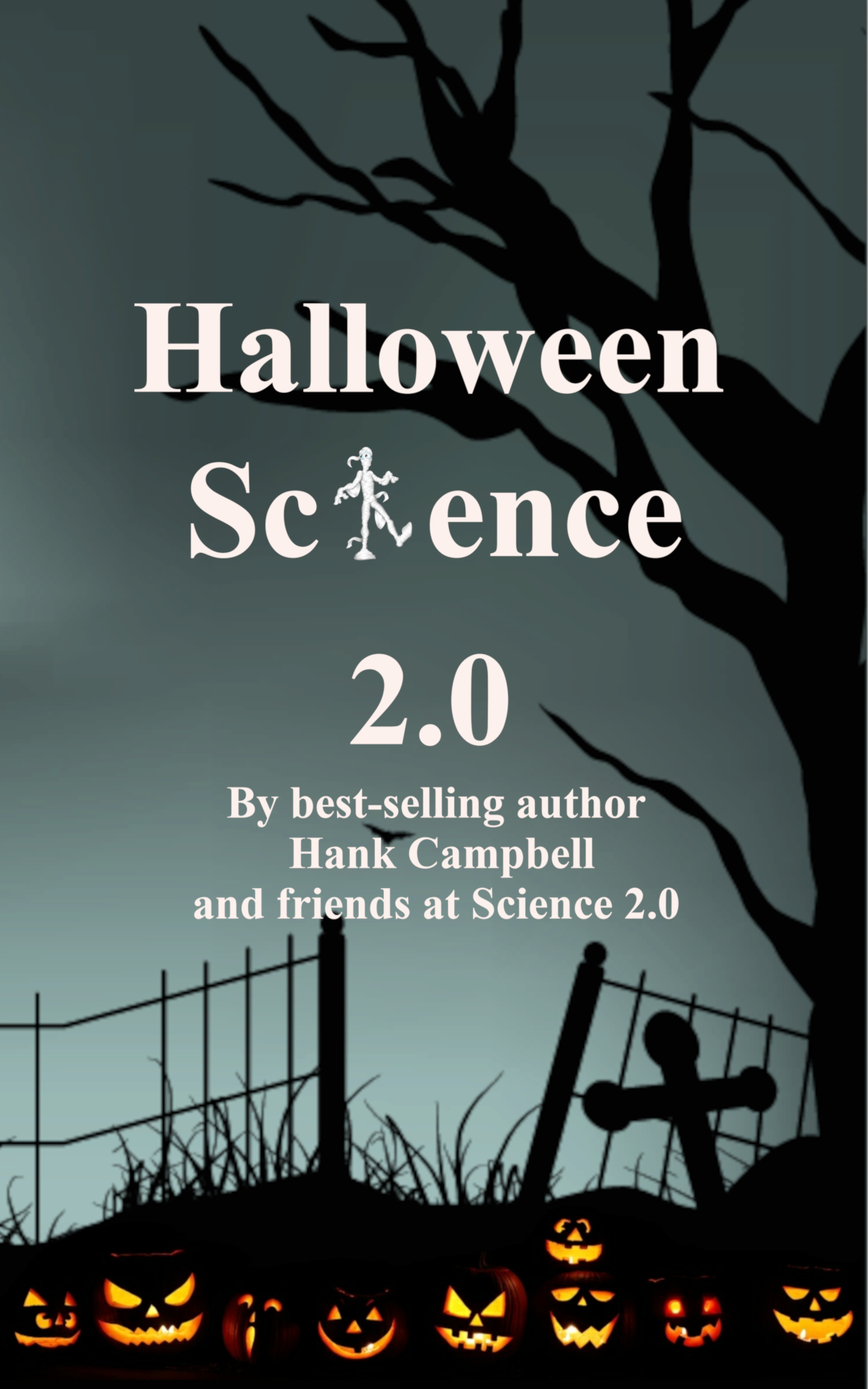 United States at Night. Courtesy: DMSP and NASA.
United States at Night. Courtesy: DMSP and NASA.
The 20-year program is expected to end in 2013 after the equivalent of 20,000 warheads have been converted in Siberia, shipped through St. Petersburg to fuel U.S. nuclear power plants. The program also helped with the financial stabilization of Russia after the disintegration of the USSR in 1991. The lights at night satellite photo shows where the cities (Cold War targets) are. About 10% of this light is from the nuclear burning of former Russian warheads.
Taking a wider view, energy played an important role at the end of the cold war. In the 1970’s there had been two jumps in the price of oil due to OPEC controls. Since Russia also had oil production this was good for their economy. But in the middle 1980’s various factors including readjustments in the economy to more efficient use and conservation led to the oil price dropping. This hurt the Russian economy. Also in the mid 1980’s Russia expanding nuclear power plan suffered a major setback when the Chernobyl Nuclear Power Plant accident occurred north of Kiev. A third challenge was the space technology that the U.S. was proposing for the Strategic Defense Initiative. These three incidents weakened the economy, trust in the government, and threatened financial stability.
But who won the Cold War anyway? Now with 20 years of perspective since the collapse of the USSR, it seems that the U.S. has lost the lead in many of these fields. For example, not only do we get 50% of our nuclear fuel from them, but also our astronauts are dependent on Russian rockets, and the U.S. does not have a leading high energy particle accelerator. (OK, the Russians don’t either, the major one, LHC at CERN in Europe is an international collaboration.)
But there are also positive views concerning this path of development. At least the highly enriched uranium is being converted and safely used. In the space issue, there is a long-term debate concerning the relative merits of manned versus robotic missions. And in high energy physics, the international community has come together to develop the accelerator, detectors, and analysis. So what do you think?
Other Resources
USEC Megatons to Megawatts Program
Monitoring the Destruction of Russian Nuclear Weapons (Video Presentation by Dr.Jose March-Leuba





Comments